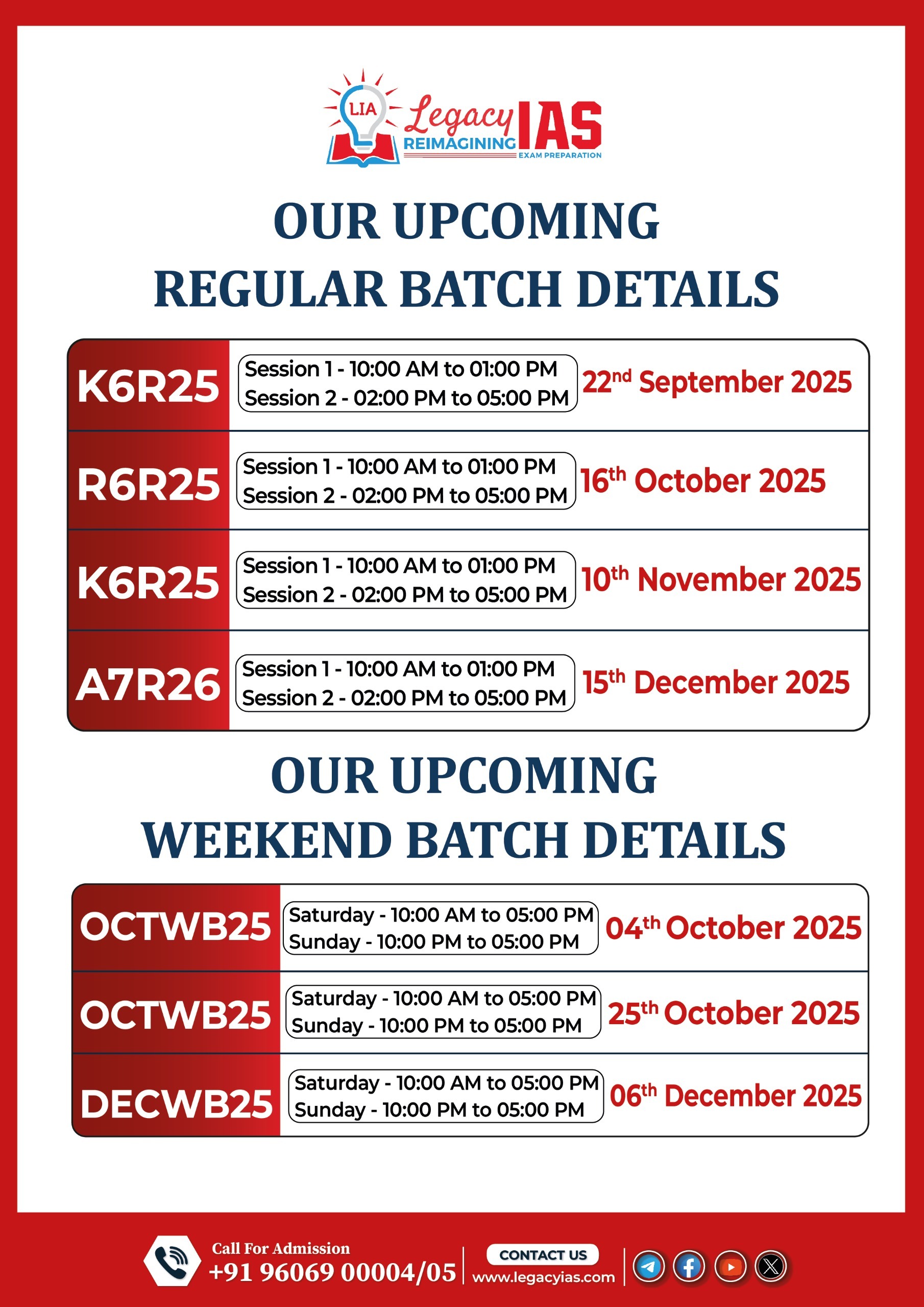Context :
- First-ever detailed geological map of the moon’s south polar region created using Chandrayaan-3’s Pragyan rover data.
- Collaborative effort by PRL Ahmedabad, Panjab University, and ISRO’s Laboratory for Electro-Optics Systems.
- Focused on Vikram lander’s site (landed August 23, 2023) revealing an undulating landscape of highlands and low plains.
Relevance : GS 3(Science , Technology)
Major Scientific Findings:
- Primordial magma presence confirmed:
- Chandrayaan-3 detected an ancient underground ocean of molten rock beneath the landing site.
- Confirms earlier suspicions from Apollo, Luna, and Chang’e missions but provides first polar region data.
- Age of the region:
- Estimated at 3.7 billion years, coinciding with early microbial life emergence on Earth.
- Cratering history:
- Secondary craters traced to the Schomberger crater as the primary debris source.
- Landed near the South Pole–Aitken Basin, one of the oldest and largest craters in the solar system.
Earth-Moon Evolutionary Links:
- Common origin theory supported:
- Earth and moon possibly formed from debris after a Mars-sized body collided with Earth 4.5 billion years ago.
- Geochemical similarities: Presence of common isotopes and aligned orbital inclinations.
Environmental Concerns:
- Lunar littering and contamination risks:
- Decades of space missions have left debris, affecting the regolith and thin lunar exosphere.
- Water vapour exhaust from landers may skew lunar ice readings at the poles.
- Colonisation efforts could further disturb the pristine lunar surface and hinder future scientific studies.
Scientific Significance:
- Helps date geological features on other rocky planets using crater analysis.
- Provides new insights into the moon’s formation, evolution, and internal structure.
- Crucial for future lunar exploration and resource management strategies.



